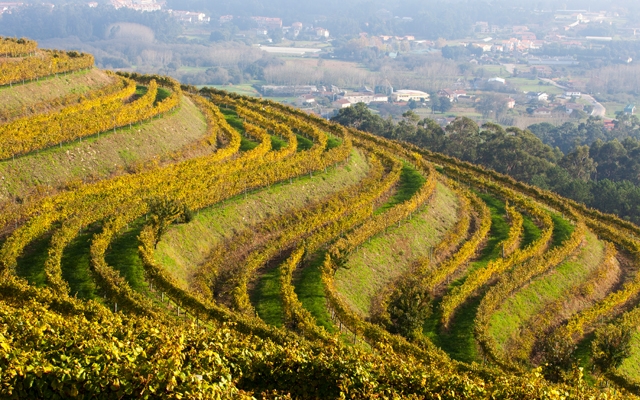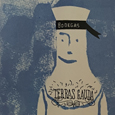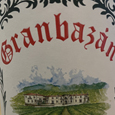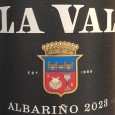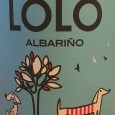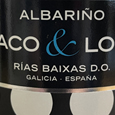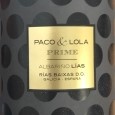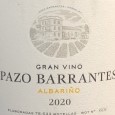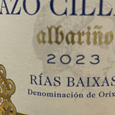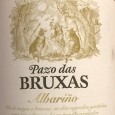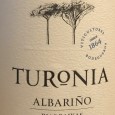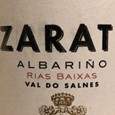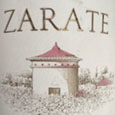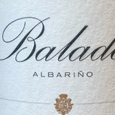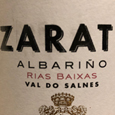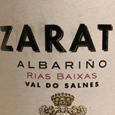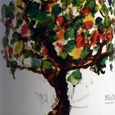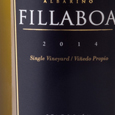In Galicia’s northwest corner of Spain, just across the Minho River from Portugal, is Rías Baixas, home to the prized Albariño grape.
The proximity to the cooling Atlantic Ocean and the prominence of granitic soils provide distinctly marine, fresh, and mineral-driven wines.
Often referred to as Green Spain, the hillsides of Galicia recall the ancient Celtic history of the region. Its brisk Atlantic influence and refreshing ocean mists fuel the verdant hills, thankfully balanced with 2200 sunshine hours annually. 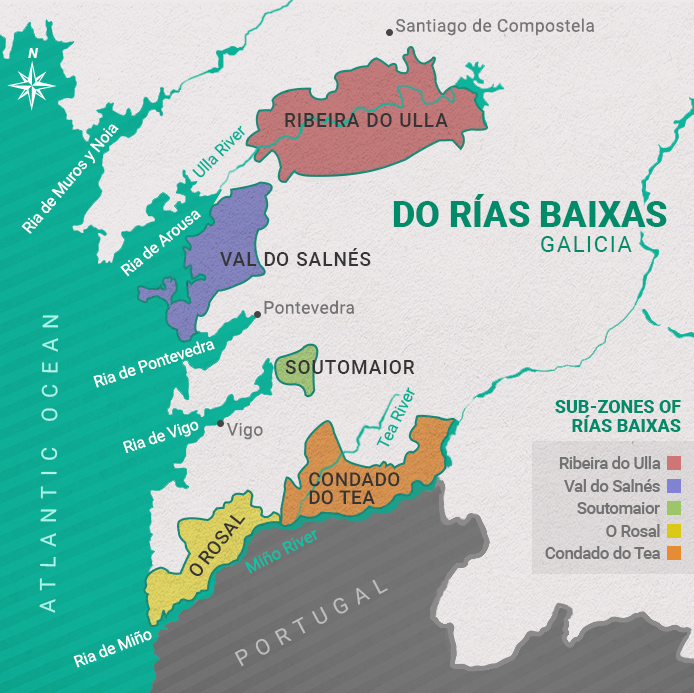
Rías Baixas’ coastal landscape is marked by jagged inlets and shallow fjörds known as rías. The name is Rías Baixas literally means lower rías in Galician and refers to the four estuaries making up this distinctive geography, where fresh and saltwater meet: Ría de Muros y Noia, Ría de Arousa, Ría de Pontevedra, and Ría de Vigo.
Granite soils dominate the region, often giving a characteristic granitic grip to the wines. The numerous rivers and tributaries have also left great swaths of alluvial and colluvial clay, silt, sand, and gravel.
Rías Baixas' vineyards are primarily located within the province of Pontevedra in Galicia. There are close to 3700 hectares under vine with more than 6500 growers, 180+ wineries, and almost 20,000 individual vineyard plots between 100 - 300m altitude. Rías Baixas’ five distinct sub-regions are defined by their topography and proximity to rivers and the sea. They include Ribeira do Ulla, Val do Salnés, Soutomaior, O Rosal, and Condado do Tea.
RIBEIRA DO ULLA: The northernmost sub-region is fully landlocked but dissected by the Ulla River. This, the newest Rias Baixas sub-region, was registered in 2000 and is composed mainly of alluvial soil. 
VAL DO SALNÉS: Situated in the region's northern half, this famed sub-region features the longest coastline, effectively making it the coolest and dampest of the five sub-regions. The original and oldest sub-zone, Val do Salnés, contains the most area under vine and the highest concentration of wineries. The soil is granitic and rocky with alluvial topsoil.
SOUTOMAIOR: Sitting on the coast in the region's center, Soutomaior is nestled in the hills at the head of the Rías de Vigo. It is the smallest sub-zone, registered in 1996. Soils are light and sandy over granite bedrock.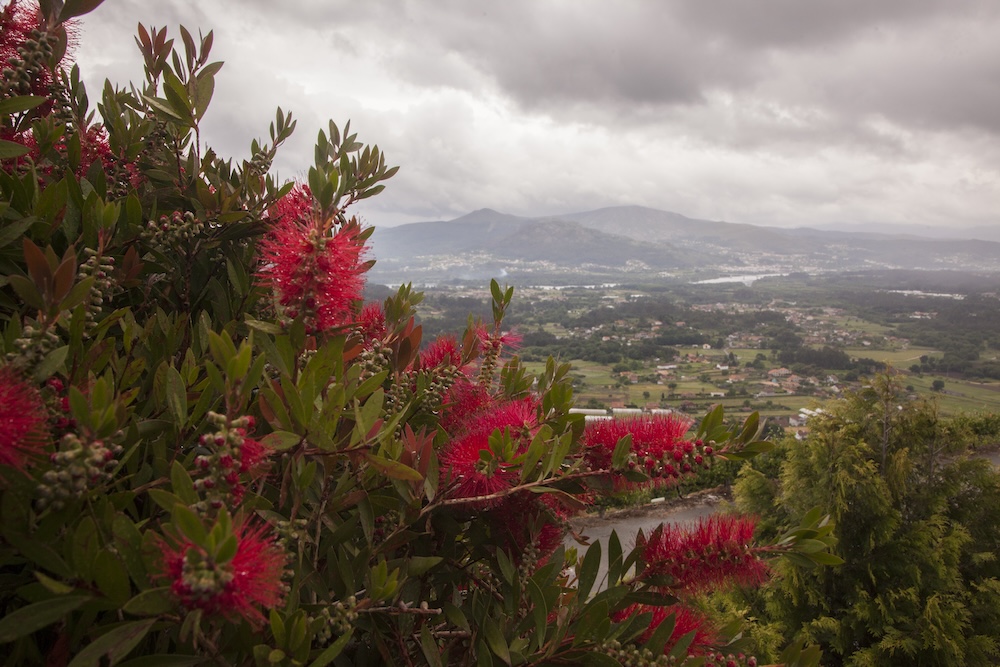
O ROSAL: Nestled along the Miño River, where it joins the Atlantic Ocean, O Rosal forms the border with neighbouring Portugal. This coastal, cooler sub-region has granite bedrock and alluvial topsoil, often featuring terraced vineyards.
CONDADO DO TEA: The County of Tea is named for the river Tea, a tributary of the Miño River.Relatively mountainous, this is the second largest sub-region, with granite and slate soils. Tucked inland, this is also the warmest and driest sub-region.
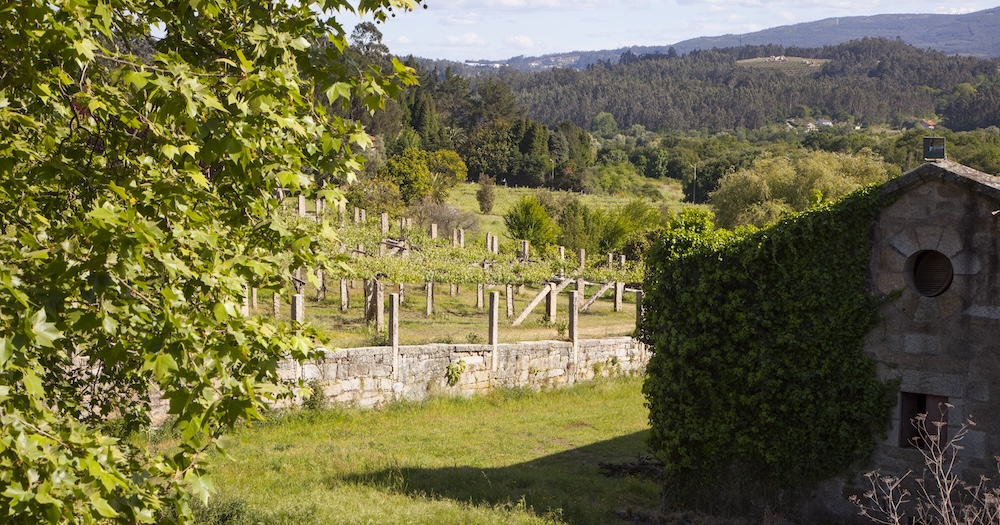
Winemaking in Rías Baixas dates back thousands of years, beginning with the Romans. Their occupation of Galicia brought trade, technology, and viticulture to the region. Today’s modern winemaking history of Rías Baixas was cemented in 1988 after Spain joined the European Union, and Rías Baixas was awarded Denominación de Origen (DO) status.

More than half of the winemakers in Rías Baixas are women, a point which many trace back to the seafaring roots of this coastal place. Men were often away at sea, and the region's women were caretakers of the vineyards and its wines.
Over 99% of wines produced there today are white, with subregions and winemaker influence making for distinct diversities. You can read deeper about the prized Albariñ in Geoffrey Moss's "Albariño - Four Overarching Styles" here, though other grapes permitted include Treixadura, Loureiro, Caiño Blanco, Torrontes, and Godello.
Further reading: Rías Baixas Food Pairing Guide by HJ Cha

 quicksearch
quicksearch

